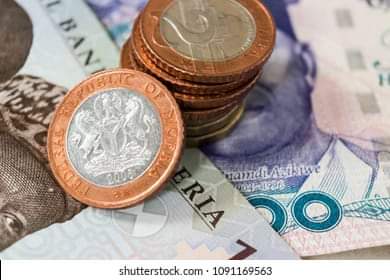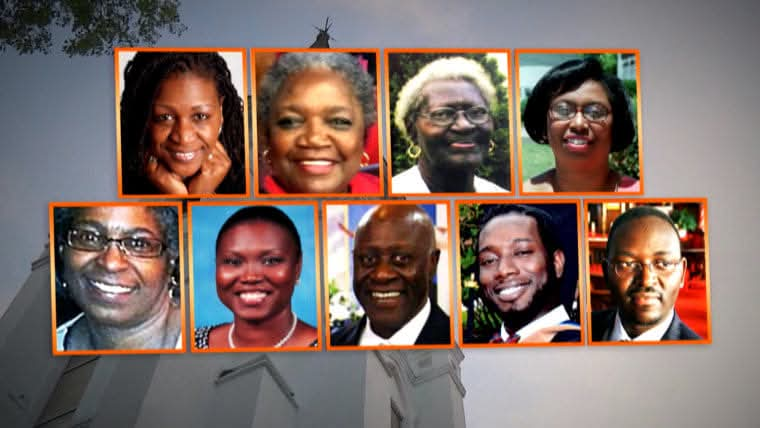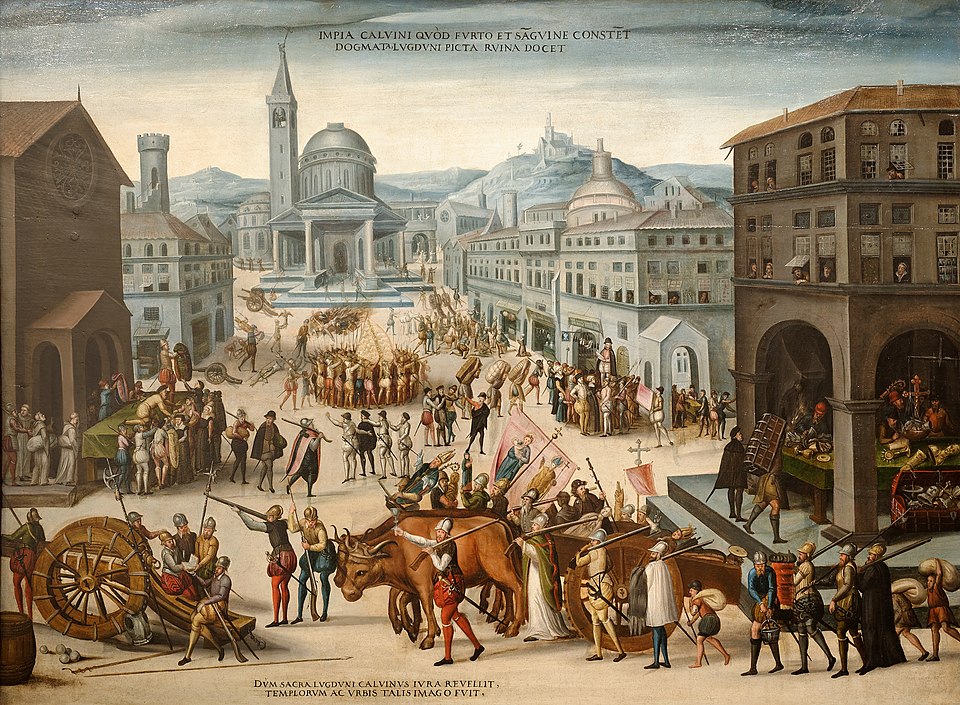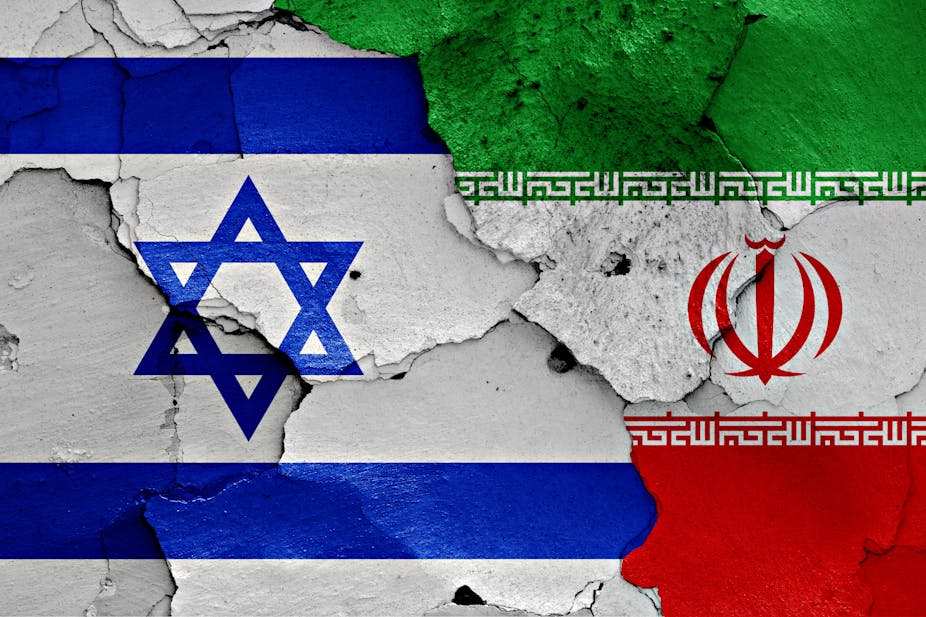THE NAIRA AND KOBO: A Brief History

Did you know that the name "Naira" was coined by Obafemi Awolowo, while the subdivision "Kobo" was derived from the English word 'copper', and that in 2012 the CBN was contemplating the introduction of new currency denominations of ₦5,000?
The Naira as a currency was launched by Shehu Shagari as minister of finance in 1973. It was introduced on 1 January 1973, replacing the Nigerian pound at a rate of £1 to ₦2 naira.
The coins of the new currency were the first coins issued by an independent Nigeria, as all circulating coins of the Nigerian pound were all struck by the colonial government of the Federation of Nigeria in 1959, with the name of Queen Elizabeth II on the obverse. This also made Nigeria the last country in the world to abandon the £sd currency system in favour of a decimal currency system.
In 1973, coins were introduced in denominations of 1⁄2, 1, 5, 10 and 25 kobo, with the 1⁄2 and 1 kobo in bronze and the higher denominations in cupro-nickel. The 1⁄2 kobo coins were minted only that year. In 1991, smaller 1, 10 and 25 kobo coins were issued in copper-plated-steel, along with nickel-plated-steel 50 kobo and ₦1. On 28 February 2007, new coins were issued in denominations of 50 kobo, ₦1 and ₦2, with the ₦1 and ₦2 bimetallic. Some Nigerians expressed concerns over the usability of the ₦2 coin. The deadline for exchanging the old currency was set at 31 May 2007. The central bank stated that the 1⁄2 to 25 kobo coins were withdrawn from circulation with effect from 28 February 2007.
On 1 January 1973, the CBN introduced notes for 50 kobo, ₦1, ₦5, ₦10 and ₦20: in April 1984, the colors of all naira banknotes were changed in an attempt to control money laundering. In 1991, ₦50 notes were issued, while the 50 kobo and ₦1 notes were replaced by coins in 1991. This was followed by ₦100 in 1999, ₦200 in 2000, ₦500 in 2001 and ₦1,000 on October 12, 2005.
On 28 February 2007, new versions of the ₦5 to ₦50 banknotes were introduced. Originally the ₦10, ₦20 and ₦50 were to be polymer banknotes, but the ₦5, ₦10 and ₦50 were delayed to late 2009 and only the ₦20 was released in polymer. The notes are slightly smaller (130 × 72 mm) and redesigned from the preceding issues. In mid-2009 when Sanusi Lamido Sanusi took over as CBN Governor, The CBN changed the ₦5, ₦10 and ₦50 to polymer notes. The CBN would later announced that it will no longer issue banknotes on polymer citing higher costs and environmental issues.
On the ₦1,000 notes, there is a subtle shiny strip running down the back of the note to prevent counterfeiting. The strip is a shimmery gold color showing ₦1,000, and has a triangular shape in the middle of the front of the note which changes its color from green to blue when tilted. The main feature on the front is the engraved portraits of Alhaji Aliyu Mai-Bornu and Dr. Clement Isong, both of which are former governors of the CBN.
On the first prints of the ₦100 notes issued starting December 1, 1999, Zuma Rock was captioned as located in Federal Capital Territory, while actually it is situated in Niger State. Later prints removed the reference to FCT, ABUJA.
In 2012 the Central Bank of Nigeria was contemplating the introduction of new currency denominations of ₦5,000. The bank also made plans to convert ₦5, ₦10, ₦20 and ₦50 into coins which are all presently notes.
On 12 November 2014, the CBN issued a ₦100 commemorative note to celebrate the centennial of Nigeria's existence. The notes are similar to its regular issue with the portrait of Chief Obafemi Awolowo on the front, but are redesigned to include a new color scheme, revised security features, and the text "One Nigeria, Great Promise" in microprinting. On the back is a quick response code (QRC) which when scanned leads users to a website about Nigeria's history.
In 2019, the naira attained a landmark when for the first time, it featured the signature of a woman. Priscilla Ekwere Eleje, the Director of Currency operations of the Central Bank of Nigeria at the time, had the honour.
In October 2021, the eNaira, the digital version of the state currency, was officially launched in Nigeria.
Source: Wikipedia



